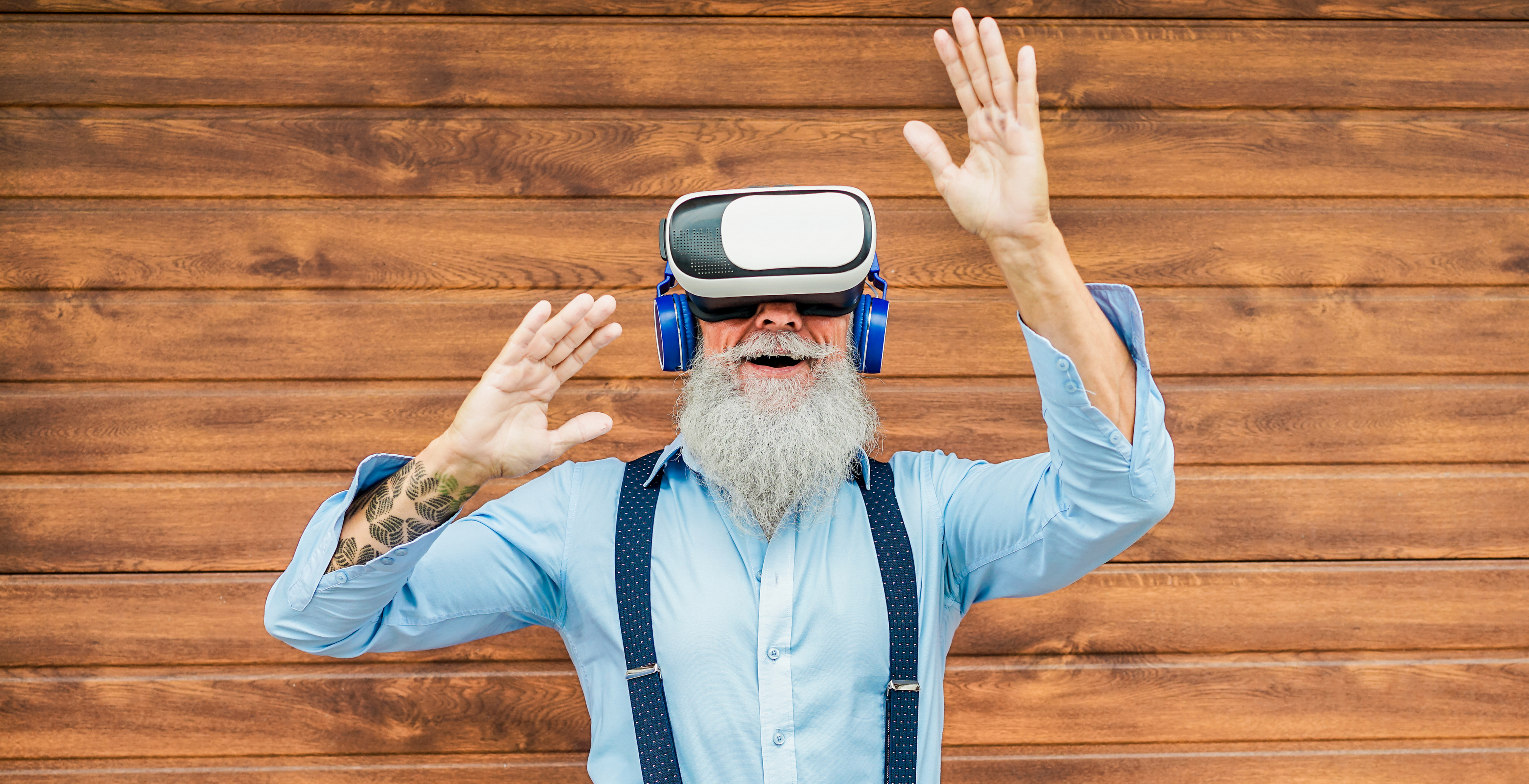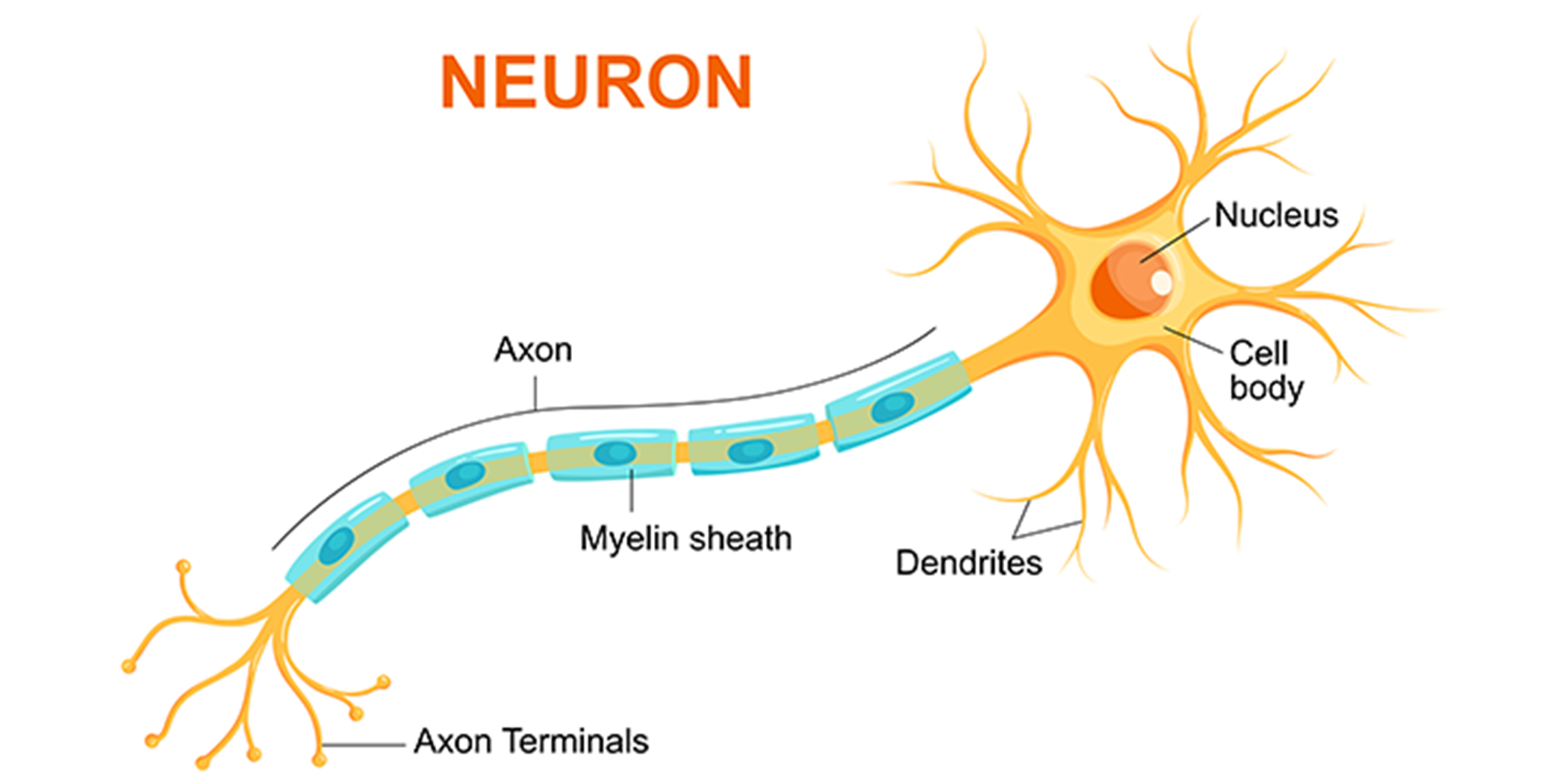
Do you find yourself texting in the middle of a conversation? Do you catch yourself glancing at the GPS while navigating through traffic? If so, then you may be multitasking more than you think. In fact, if you own a smartphone at all, then you could be multitasking continuously without realizing it. A Business Insider article reported that we touch our phones on average 2,617 times a day (source.) A significant amount of that tapping and swiping is spent while doing other things.
Multitasking is nothing new, and humans have attempted it long before the advent of the cell phone. However, in recent years the demand or perceived demand to multitask has skyrocketed. The problem with this is that researchers are finding that it may come at a cost. Our attempt to do two things at once may be negatively impacting our brain health, and it could condition our minds in ways that work against us.
Today we’ll delve into the science of multitasking: first of all whether we truly can multitask. Secondly, we’ll look at some of the potential risks of multitasking as well as simple ways to reduce it in your daily life.
Article At-A-Glance:
• Although it would seem that we multitask all the time, we may actually just be ‘task-switching’ very quickly.
• Some research indicates that trying to multitask could interfere with our cognitive function, concentration and even change the physical structure of our brain.
• A small minority of the population--called ‘supertaskers’--may actually possess the ability to multitask.
• Certain techniques could help you reduce multitasking, including the 80/20 rule, the Pomodoro Technique, and a strategy called ‘Batching.’
The Myth Of Multitasking
Do you consider yourself an expert multitasker? Can you juggle multiple things at once? As it turns out you may just be an efficient ‘task switcher,’ meaning you can go back and forth between activities quickly. According to cognitive psychology professor Paul Atchley, “sadly, multitasking does not exist, at least not as we think about it. (source.)” Instead, Atchley writes, we choose which information to process. Hardly anyone (with few exceptions) can truly do two things at once—much less do them well.
Task Switching Vs. Multitasking
So what’s the difference in task switching and multitasking? Think of it this way: multitasking is the ability to do two things simultaneously without distraction. Task switching is like juggling. You may be managing several balls in the air, but you can only touch one at a time. Many people are decent task switchers, hardly anyone is a true ‘multitasker (source.)’
How Multitasking Could Be Hurting You
Although multitasking isn’t necessarily recognized as a health risk, some studies have shown that it could have some negative impacts, especially for your brain. Let’s look at a few ways multitasking could create problems.
1. Multitasking Could Lower Your Concentration — Did you know that task switching could be addictive? Do you catch yourself randomly scrolling through the internet not knowing why? Research may have uncovered the reason. According to neuroscientist and author Daniel Levitin, “Multitasking creates a dopamine-addiction feedback loop, effectively rewarding the brain for losing focus and for constantly searching for external stimulation (source.)” What that means is that we can actually train our brain to seek the dopamine rush that comes from multitasking. That could lead us to compulsively lose focus, and bounce around from task to task.
2. Multitasking Could Change the Physical Structure Of Your Brain (Or Even Shrink It) — Have you ever kept your phone or laptop open while you watch TV? There’s actually a term for this: it’s called second screening. A team of British researchers looked into the physical effects of second screening on the brain in a 2014 study. Spoiler alert: it’s not good. 75 adults were asked about their multitasking habits and then given a brain scan. The results found that the participants who regularly use multiple devices had less gray matter density in an area called the anterior cingulate cortex (ACC.) This is the anatomical part of the brain connected to emotional regulation, empathy, attention and ethics (source a, b.) This study isn’t completely unique. Earlier research also found a connection between multitasking and poor attention (source.) While these studies don’t conclusively prove that multitasking leads to structural brain changes, the scientists behind the study suggest that the results should be a warning flag for heavy users of multiple devices (source.)
3. Multitasking May Interfere With And Lower Cognitive Function — According to Psychologist, “Task-switching is expensive.” What does that mean? It basically means that it costs your brain a lot of energy to do it. It also means that you are less productive and more susceptible to mistakes than if you are ‘mono-tasking.’ According to MIT neuroscientist Earl Miller, it also can “impede creative thought” because we can only hold so much information in our minds at once (source.)
The Exception To The Rule: Supertaskers
Does trying to multitask have the same effect on humans across the board? The answer: almost, but not quite. There are a select few—very few—who truly are not distracted by multiple things at once. They are called “supertaskers.”
Never heard of that word before? That’s probably because it was only coined recently. While studying the effects of phone usage on driving, neuroscientists David Strayer and Jason Watson discovered someone who was seemingly unable to be distracted. Strayer and Watson thought that it may have just been an anomaly. But as they tested more and more people, they found that around 2.5% of the population can ‘supertask’ (source.) These remarkable people don’t get overwhelmed by performing multiple activities at once. In fact, some even get better at it.
An MRI scan found that supertaskers’ brains are exceptionally efficient. Strayer believes that they also possess a special ability to get past the mental bottlenecks that stop most people from doing multiple things at once (source.)
While science has confirmed that at least some people can multitask, it’s important to note that this is a tiny minority of the general population. However, at this point, you may be wondering if you yourself are a supertasker. If you think you may be, you can actually take a test here to find out for sure. Be forewarned, the test takes about 40 minutes!
4 Ways to Cut Down on Multitasking in a World That Requires It
As a member of the smartphone generation, it’s likely that you’re expected to multitask a lot. If multitasking is a requirement for your job or daily life, you may be wondering if it’s even possible to stop.
The truth is that we might not be able to stop completely. However, the good news is that there are ways--simple ways--that you can drastically cut down on your multitasking. Here are a few tips to get you started.
1. Take Advantage of the 80/20 Principle — Have you heard of the 80/20 principle? It basically states that 80% of our productivity is the outcome of 20% of our actions. In other words, a small fraction of what we do every day determines what we accomplish. It’s an old theory, but it’s gotten a lot of attention lately because it’s featured in the best-selling book The Four-Hour Workweek by Tim Ferriss.
If you’re feeling overloaded with the demand to multitask, try using the 80/20 rule on yourself. Take inventory of the things you do every day that are essential and make the most impact. On the other hand, what are the things that are truly nonessential? Taking the time to write this down could help you shrink your to-do list and cut down on the frantic demand to multitask. While we occasionally task switch between important things, oftentimes we’re just juggling nonessential or non-urgent items. The 80/20 rule can help us separate busyness from true productivity (source.)
2. Start Using “Batch Processing” — If you want to reduce multitasking and conserve mental energy, try ‘batching.’ Batch processing basically means grouping together similar tasks to cut down on distraction and the energy it takes to refocus. The theory behind batch processing is somewhat like the assembly line: your efficiency goes up as your task switching goes down.
Practically this could mean looking at your schedule and grouping together similar items in your to-do list. An example would be replying to emails and texts at set points in the day instead of responding all day long as they come in. You might group your tasks according to location as well so that you can knock out several things at once. There’s plenty of results on Google for ‘batching’ if you need more ideas (source a, b.) Overall, this method could help increase your organization and keep you from having to put out random fires throughout the day.
3. Work in Concentrated Bursts (The Pomodoro Technique) — Did you know that studies have shown that short breaks can increase productivity? According to researcher and psychology professor Alejandro Lleras, self-imposed mental breaks can actually boost focus (source.) Not only that but working this way could also help you cut back on multitasking. One way you could do this is by using an approach called the Pomodoro Technique. It works like this: you set a timer and work for 25 minutes, then take a 5-minute break. You repeat this four times and then take a 20-minute break. It sounds almost too simple, but it can reduce multitasking by creating a sense of urgency. You only have a small window to accomplish your work. During that time period, your mind will automatically zone in on the current task and strain out any distractions. This almost turns your work into a game, and naturally, your temptation to multitask will be lowered.
4. Set Boundaries with Your Phone — We all love our phones, but in this day and age they easily turn into a digital ball-and-chain. One surefire way to reduce multitasking is to put limits on our phone time. With constant texts, messages, and app notifications, a phone on our desk can literally create a stream of interruptions that break our focus. According to an article in Psychology Today, our brain’s dopamine (reward) system is particularly sensitive to “cues.” If a cue (such as a phone notification) goes off, it triggers anticipation in our brain and we release dopamine. This neurological process can literally have an addictive effect. In other words, if we hear our phone while we’re driving or working, we’re biologically hardwired to answer it (source.) This could be a major reason why we multitask even when it’s potentially dangerous (i.e. texting and driving.) Setting good boundaries with your phone could not only help you relax, but it could also help boost your overall brain health.
Final Thoughts On Multitasking
While none of us may escape multitasking completely, we don’t have to live in a state of continual distraction. It’s important to look beneath our flurry of activity to discover what’s truly driving our behavior and continual busyness. Finding ways to simplify can not only give you more energy, but it could also help you maintain the overall health of your brain.
If you suspect that multitasking is wearing you down, then you may benefit from stepping back to view your overall lifestyle and routine. In our resource section, we have tons of free material to help you outline a plan for your health goals. Check out our menu bar to learn more!








.png?width=1350&name=Procera%20Logo%20W%20Tagline%20White%20(3).png)
Comments
Add Comment